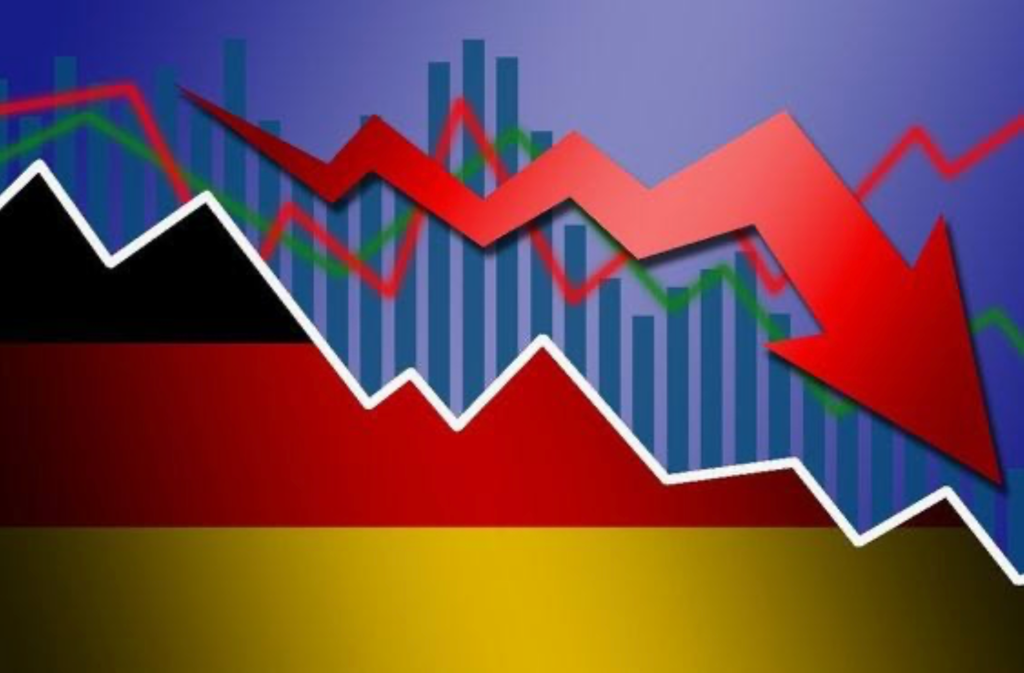By: Andrea Ferrell
What’s the relationship between the Federal Funds rate and the 10 year treasury?
As the U.S. economic expansion crosses the ten year mark, the Federal Funds rate has been under a magnifying glass. The rate is the Federal Reserve’s, America’s Central Bank, main tool in controlling monetary policy as well as a tool for the government to control reserve requirements and keep inflation in check. Generally, if the Federal Reserve sets a higher Federal Funds rate, it causes a reduction in money supply and other short-term rates to increase, thus lowering inflation and controlling price fluctuations. As of this writing, the Federal Reserve is aiming for a 2% inflation rate, which would ensure that the U.S. economy does not “overheat” with excessive inflation.
Prior to the 2008 Financial crisis, the Federal Reserve would set a target rate and adjust this rate depending on how strong or weak the economy was at the time. This fixed rate proved to be detrimental as the rate was not able to make small adjustments to market swings between meetings and inflation skyrocketed. Over the course of 2008, the crisis deepened and the Federal Open Market Committee the Fed funds rate from 3.5% to a floating target between 0 and 0.25% as a tool to bring down other short term rates. The floating target range, though does not determine the actual rate. Rather the overnight supply and demand by banks for loans performs this function.
After the 2008 financial crisis, the Federal Reserve used an expansionary approach where rates were cut in an effort to spur consumer spending. Having a new target approach allowed the Federal Funds rate to move between two set rates and for more adjustments when there were sudden movements in the markets, as opposed to the prior rigid rate. Likewise between 2008 and 2015, the Federal Reserve began to use Open Market Operations to purchase long term securities and treasuries as a tool to stimulate long term growth and raise long term rates. In 2015, the Federal Reserve began to use a contractionary approach, whereby short-term rates were raised in an effort to cool inflation and keep economic expansion on track, as too much inflation can erode the value of a currency. The current target is now between 2.25% and 2.5%, with the current rate moving for the last few months within the said interval from 2.33-2.4%.
The Federal Funds rate has a ripple effect on the so called “yield curve” for U.S. issued Treasury Bills, and consequently longer term bonds and notes, as both are competing short-term investments. The curve generally follows Treasury Bills in increasing yield, as longer term Treasuries are riskier and require a higher return to entice investors. Experts often talk about this yield curve, which is a snapshot of treasury rates on a given day. An inverted yield curve (where shorter bills have a higher yield than longer bills) could arguably imply an upcoming recession. The yield curve inverted in 2005, 2006 and 2007 preceding the 2008 crisis. While these events occurred over a year before the 2008 recession, this inverted yield curve shows that investors see more risk in the near future than the far. Many investors look to the ten year Treasury as a way to gauge future outlook because the ten year influences other financial tools like mortgage rates. Since 2018 began, the ten year treasury has been between 2.3% and 3.25%, showing some, but not complete, correlation with the increases in the Federal Funds rate.
So why do people look at the spread, or difference, between the Federal Funds rate and the ten year treasury? Both of these securities are competing with each other for investor money, so a narrow spread implies a flattening yield curve and more cautious investors.For example, on February 8 2019 the spread was 0.23 percentage points, while in January of 2018, the spread was 1.17 percentage points, showing how investors have more trepidation about the future.
Now, should the ten year rate be higher with the Fed Funds Rate hikes? Well yes and no. In an ideal world, with no other variables, the Ten Year Treasury should increase with hikes in the Federal Funds rate, as this rate sets the yield curve; however, the ten year yield is influenced by other variables like consumer confidence data and domestic and foreign growth, all of which decrease the correlation between Treasuries and the Federal Funds Rate. For example, when retail sales were lower than expected for December 2018, treasury yields decreased from 2.706% to 2.659%, showing how investors entered safer investments. With the possibility of more rate hikes in the upcoming year, the spread between this rate and the ten years’ yield is going to be an interesting financial tool to watch as a gauge of the health of the US economy.
Works Cited:
Image source: https://www.inkcinct.com.au/web-pages/cartoons/past/2007/2007-531-interest-rate-rise-lever-23Aug.jpg
10 Year Treasury Rate – 54 Year Historical Chart. (n.d.). Retrieved from https://www.macrotrends.net/2016/10-year-treasury-bond-rate-yield-chart
Chen, J. (2018, December 30). Federal Funds Rate. Retrieved from https://www.investopedia.com/terms/f/federalfundsrate.asp
Chen, J. (2019, February 05). Inverted Yield Curve. Retrieved from https://www.investopedia.com/terms/i/invertedyieldcurve.asp
Federal Funds Rate – 62 Year Historical Chart. (n.d.). Retrieved from https://www.macrotrends.net/2015/fed-funds-rate-historical-chart
Federal Reserve Bank of St. Louis. (2017, October 06). How Might Increases in the Fed Funds Rate Impact Other Interest Rates? Retrieved from https://www.stlouisfed.org/on-the-economy/2017/october/increases-fed-funds-rate-impact-other-interest-rates
Harper, D. R. (2018, November 21). Understanding Treasury Yield And Interest Rates. Retrieved from https://www.investopedia.com/articles/03/122203.asp
Hazel, R. L. (2017, December 5). The Evolution of U.S. Monetary Policy[PDF]. Richmond, VA: Federal Reserve Bank of Richmond.
Policy Tools. (n.d.). Retrieved from https://www.federalreserve.gov/monetarypolicy/openmarket.htm
U.S. Department of the Treasury. (n.d.). Retrieved from https://www.treasury.gov/resource-center/data-chart-center/interest-rates/pages/textview.aspx?data=yield
Using the yield spread to forecast recessions and recoveries. (n.d.). Retrieved from https://journal.firsttuesday.us/using-the-yield-spread-to-forecast-recessions-and-recoveries/2933/






Leave a comment